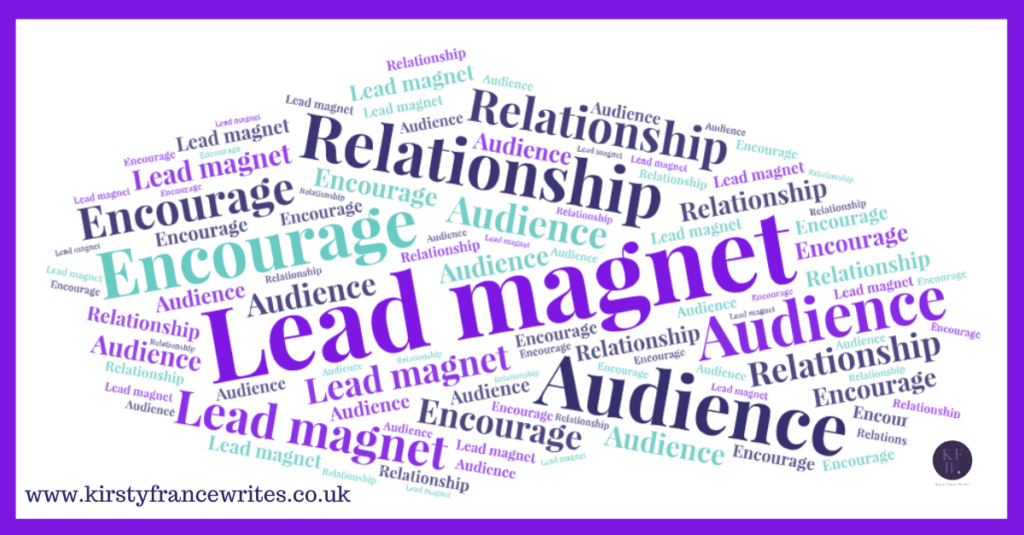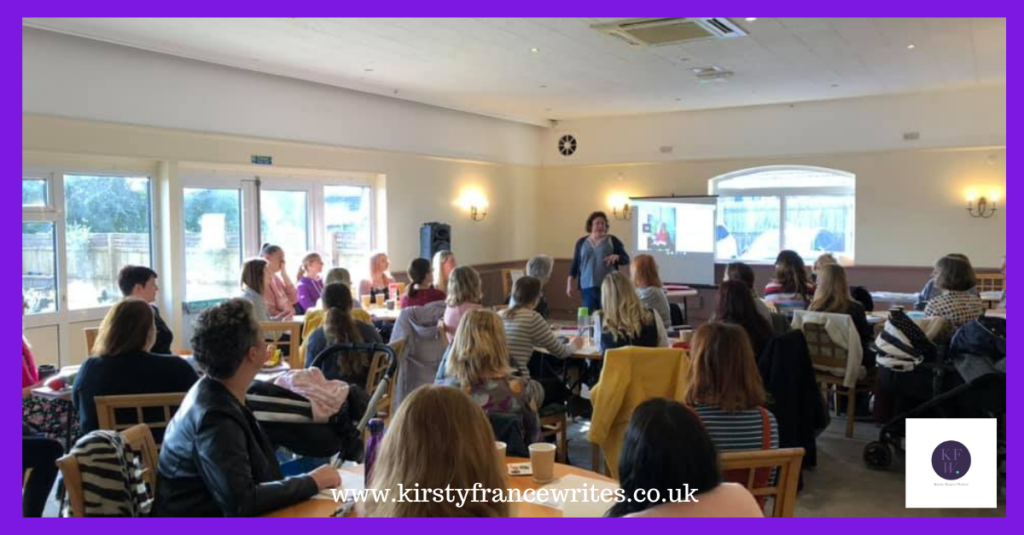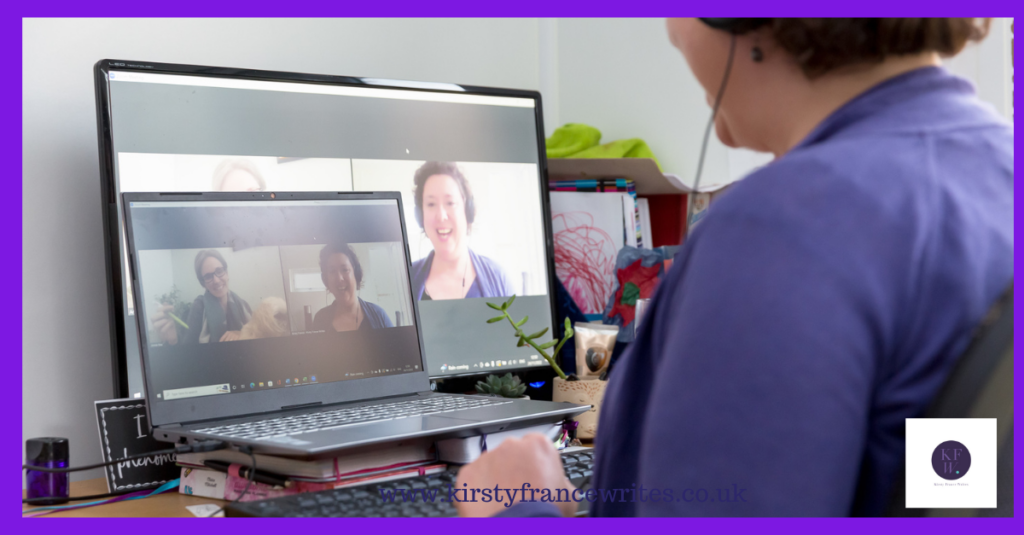
A good lead magnet can help you attract new customers and subscribers to your email list. The question is, what does a good lead magnet look like? One of the essential elements is to make sure it will only be useful for people who could actually become customers. Beyond that, your lead magnet can be tailored to your business and what works best for your audience. Read on for a few ideas.
Quick and actionable tips
Your lead magnet can help to establish you as an expert, which is particularly important when you offer a service. Offering an eBook, video or webinar that helps people make quick progress (like my free eBook) gives them a taster of the results they could get by working with you. Don’t solve the whole problem; show your subscribers how they could get better results with less effort by becoming customers.
Checklists and templates
A checklist or template might sound too simple to be a good lead magnet, but it can offer your audience real value. A template can give them a structure for anything from a blog post to their CV. Checklists can help someone to plan their wedding, pack for a holiday or sort their legal documents. Having something to refer to so they know they’re on the right track reduces their stress and helps them trust you.
Free samples or trials
Offering either a free trial of a service or a sample of a product lets potential customers try before they buy. It allows them to test your product’s quality and experience your service. A free sample won’t let them see long-term results. However, it will tell them if your skincare gives them spots or if they find your software easy to use.
Discount codes
Discount codes are a great lead magnet option if you can’t offer your audience a free trial or sample, as they can encourage people to take a chance. However, if you choose this option, you’ll need to look at it carefully and consider the potential financial impact on your business. How much of a hit can your profits afford to take as a marketing expense? Will some people only buy if there’s a discount?
Reports
A report may seem like a strange option for a lead magnet, but it can be great for B2B services or products with a lot of technical data. You don’t even have to do your own research for this (although you could). Instead, gather statistics or case studies showing your service’s benefits or how much your customers could save to help them understand what they’re buying.
Quizzes and calculators
You might think that a quiz is a fun procrastination tool that’ll let you test how many 80s songs you remember or tell you which ‘Stranger Things’ character you are. However, if you offer a range of products or services, they can help your customers to understand which one is right for them. Another option is providing a calculator that lets customers enter their details and analyse costs. I’ve seen these used for high-cost investments like insurance or software subscriptions.
Ask participants to enter their email address at the end, and you can send them their results and tailor your follow-up emails to suit their results.
Do you want to grab your audience’s attention with a great lead magnet? I can help with that. If you’d like a chat to find out how it works, you can book a call here.
You can also sign up to receive monthly emails packed with useful content writing and marketing tips using the form below.








